
cd_nom
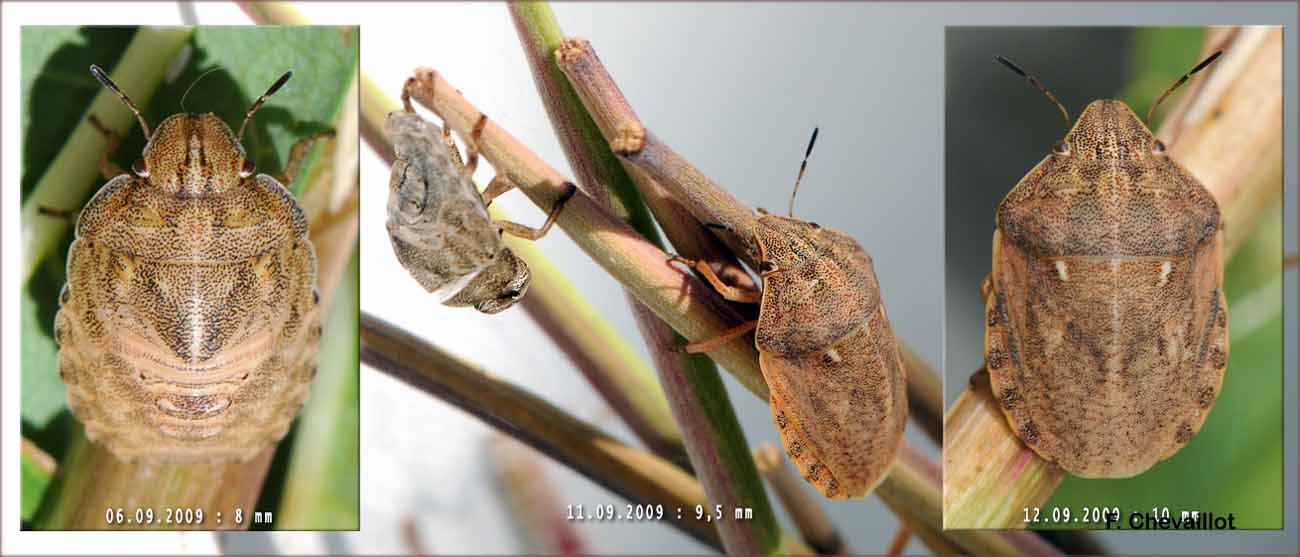
| Author : F. Chevaillot |
 |
To get the picture, please visit:
Fred CHEVAILLOT
Moulin de Castor
La Maynobe
12550 COUPIAC
06 51 19 18 32
09 88 28 31 26
www.insecte.org
email : fred.chevaillot@wanadoo.fr
Any reuse of one or more photographs on this site is subject to an authorization request from the author.
Link to the Code of Intellectual Property (Legifrance)
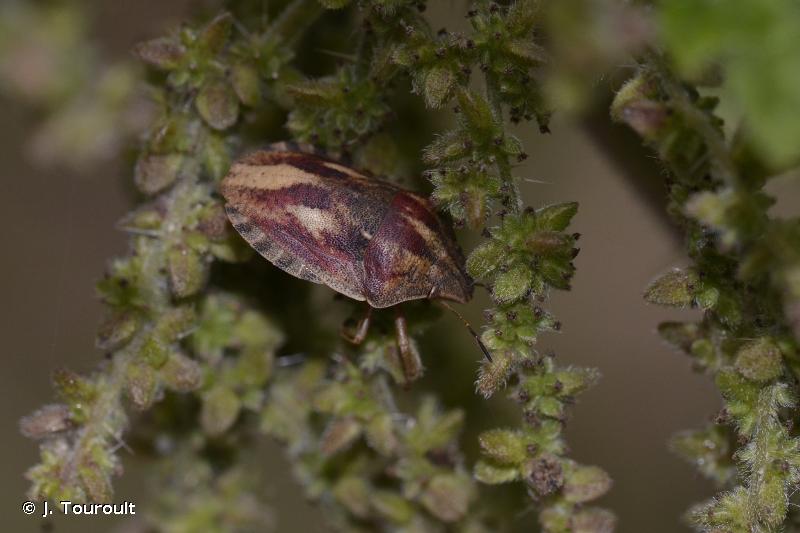
| Author : J. Touroult |
 |
To get the picture, please visit:
Despite the Creative Commons license, please inform the author of the use which will be made of his photo
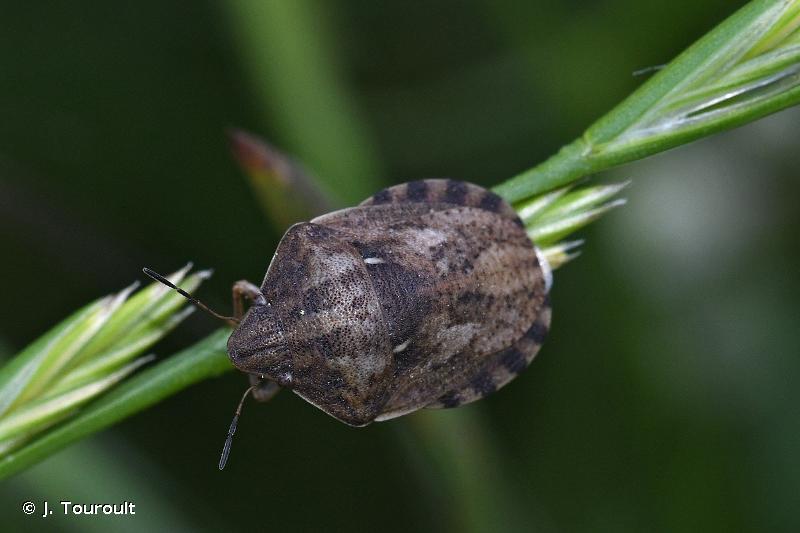
| Author : J. Touroult |
 |
To get the picture, please visit:
Julien Touroult
UMS PatriNat (OFB - CNRS - MNHN)
CP41, 36 rue Geoffroy Saint-Hilaire, 75005 Paris
Legend: Corse. Lavu Santu. La Planète Revisitée - MNHN, Collectivité de Corse, OFB.
Despite the Creative Commons license, please inform the author of the use which will be made of his photo
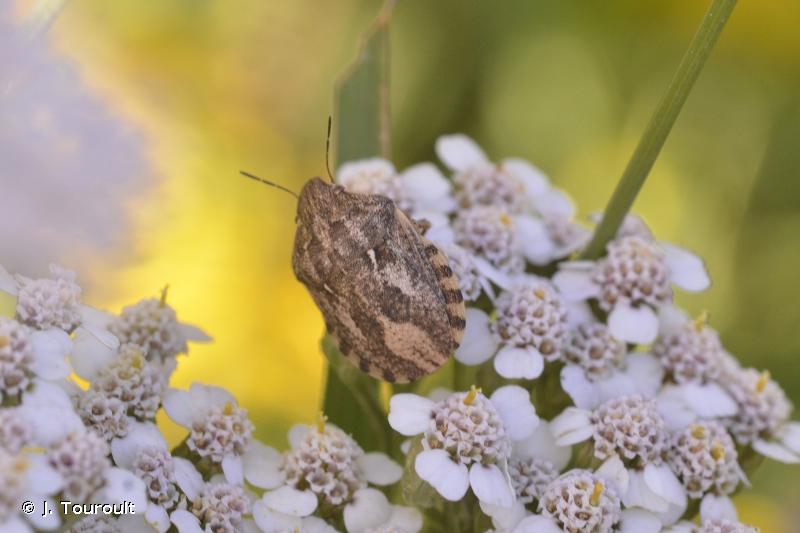
| Author : J. Touroult |
 |
To get the picture, please visit:
Julien Touroult
UMS PatriNat (AFB - CNRS - MNHN)
Muséum national d'Histoire naturelle, CP41, 36 rue Geoffroy Saint-Hilaire, 75005 Paris
Despite the Creative Commons license, please inform the author of the use which will be made of his photo
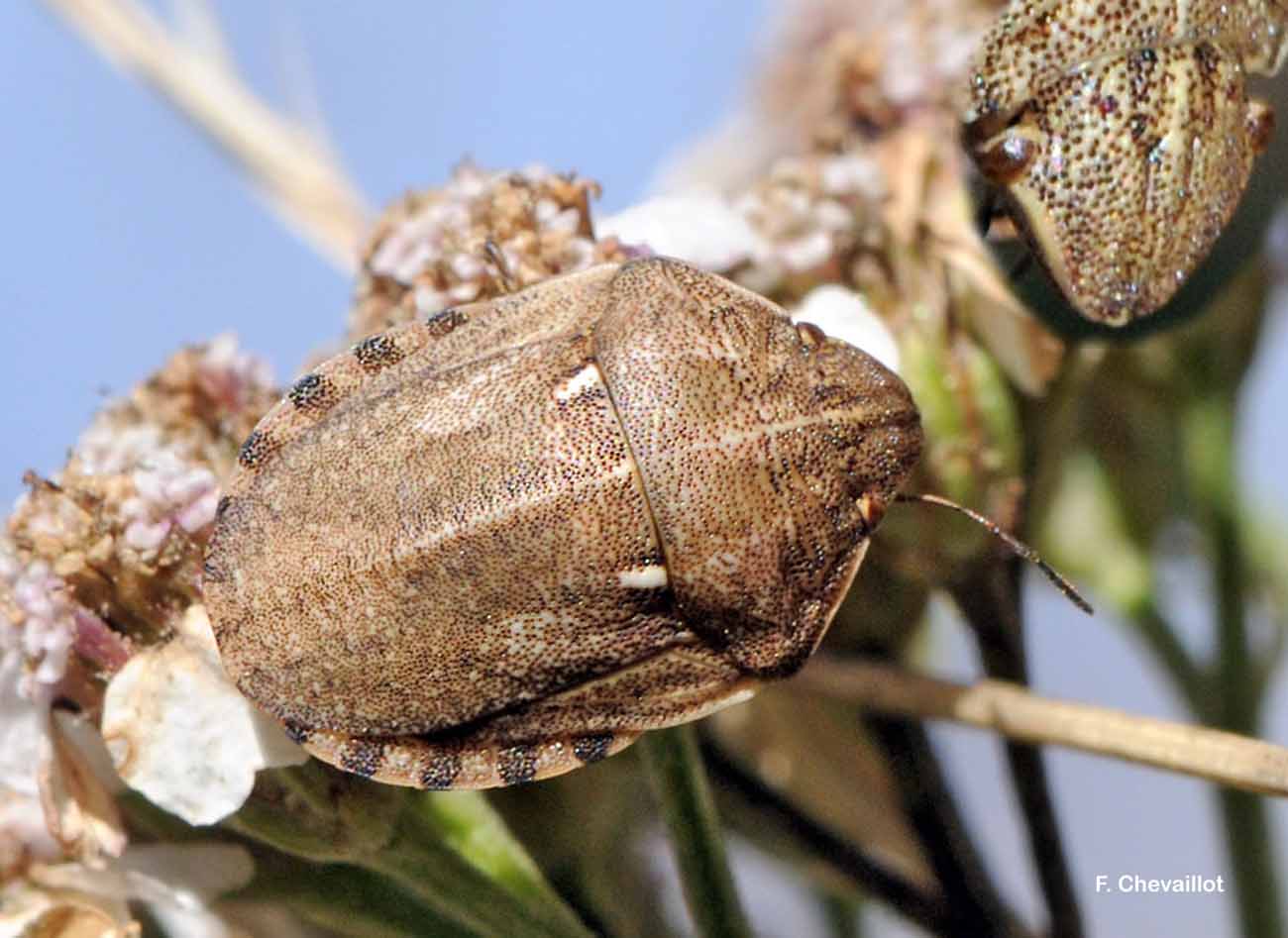
| Author : F. Chevaillot |
 |
To get the picture, please visit:
Fred CHEVAILLOT
Moulin de Castor
La Maynobe
12550 COUPIAC
06 51 19 18 32
09 88 28 31 26
www.insecte.org
email : fred.chevaillot@wanadoo.fr
Any reuse of one or more photographs on this site is subject to an authorization request from the author.
Link to the Code of Intellectual Property (Legifrance)

| Author : R. Poncet |
 |
To get the picture, please visit:
Rémy Poncet
Despite the Creative Commons license, please inform the author of the use which will be made of his photo
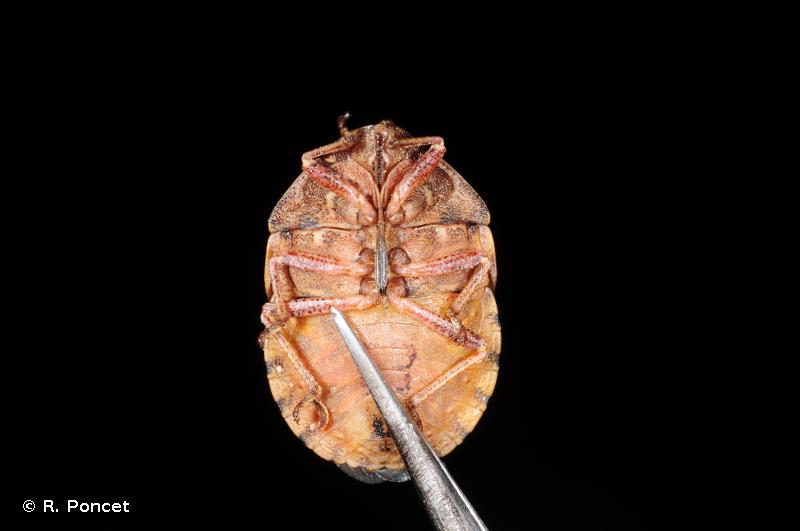
| Author : R. Poncet |
 |
To get the picture, please visit:
Rémy Poncet<br>Muséum national d'Histoire naturelle - PatriNat<br>36 rue Geoffroy Saint-Hilaire CP 41<br>75 231 PARIS CEDEX 05<br>e-mail : inpn@mnhn.fr
Despite the Creative Commons license, please inform the author of the use which will be made of his photo

| Author : R. Poncet |
 |
To get the picture, please visit:
Rémy Poncet
Despite the Creative Commons license, please inform the author of the use which will be made of his photo

| Author : R. Poncet |
 |
To get the picture, please visit:
Rémy Poncet
Despite the Creative Commons license, please inform the author of the use which will be made of his photo

| Author : R. Poncet |
 |
To get the picture, please visit:
Rémy Poncet
Despite the Creative Commons license, please inform the author of the use which will be made of his photo
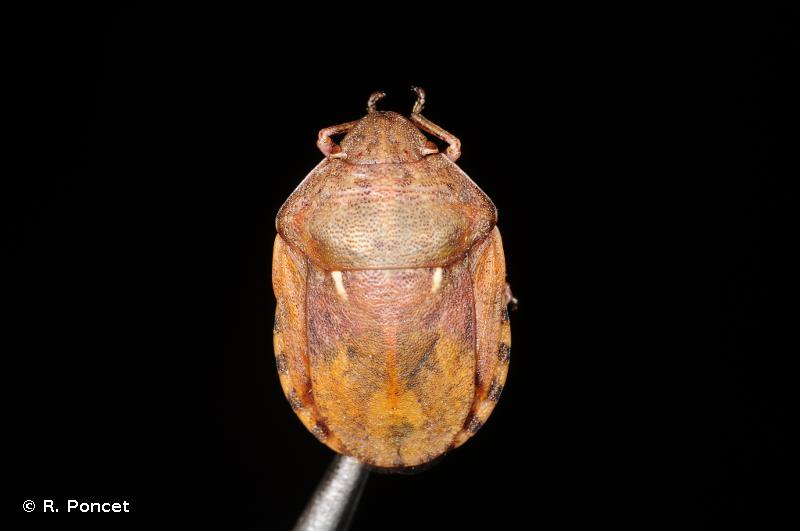
| Author : R. Poncet |
 |
To get the picture, please visit:
Rémy Poncet
Muséum national d'Histoire naturelle - PatriNat<br>36 rue Geoffroy Saint-Hilaire CP 41<br>75 231 PARIS CEDEX 05<br>e-mail : inpn@mnhn.fr
Despite the Creative Commons license, please inform the author of the use which will be made of his photo
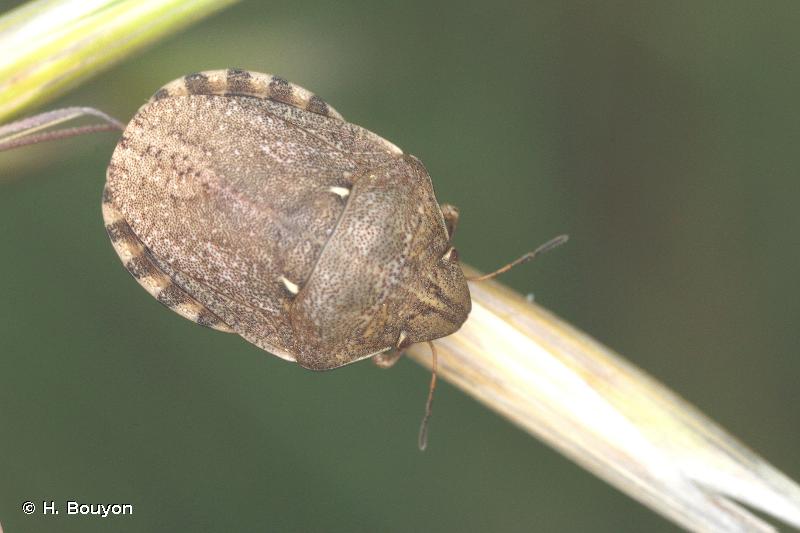
| Author : H. Bouyon |
 |
To get the picture, please visit:
Hervé BOUYON
email : herve.bouyon@wanadoo.fr
Any reuse of one or more photographs on this site is subject to an authorization request from the author.
Link to the Code of Intellectual Property (Legifrance)
Taille : 8 – 11 mm
Diagnose :
Punaise ovale, dont le scutellum recouvre les ailes et l'abdomen en atteignant son extrémité. Sa coloration est variable allant de l'ocre-clair au marron foncé avec parfois des motifs géométriques plus foncés mais peu contrastés. Les bords latéraux de son pronotum sont droits, ses angles huméraux arrondis, et ses joues (jugas) ne se rejoignent pas devant son nez (clypéus).
Détermination : Moyennement difficile.
Espèces proches :
Elle se distingue d'Eurygaster hottentotta et Eurygaster austriaca parce qu'elles ont le clypéus enclos par les joues, et d'Eurygaster dilaticollis qui a les bords latéraux de son pronotum convexes et non droits. Elle se distingue d'Eurygaster testudinaria par la taille de son article antennaire II presque deux fois plus long que l'article III (1,4 fois plus chez E. testudinaria), les angles huméraux de son pronotum moins saillants, et son clypéus au même niveau que les jugas à l'apex, alors qu'il est en retrait chez E. testudinaria.
Période d'observation :
Avril à Septembre, avec un pic en juin.
Biologie-éthologie :
Elle vit sur beaucoup d'espèces de graminées. Elle peut se déplacer sur de longues distances et s'attaquer aux cultures céréalières de blé, orge, avoine, seigle, millet ou maïs dans le sud de la Russie et en Turquie.
Biogéographie et écologie :
Espèce ouest-paléarctique rencontrée à l'est jusqu'en Iran et au Turkménistan. Elle est présente en Grande-Bretagne seulement au sud de Londres, en Suède jusqu'à 56° de latitude nord, et jusqu'à 60° en Finlande. On la trouve dans les prairies sèches incultes, riches en graminées, les bords des chemins, cultures, garrigues, landes, friches et lisières forestières. Elle est très commune mais se raréfie en allant vers le nord.
Roland Lupoli (),2020
Continental
Metropolitan France
Overseas
Marine
Metropolitan France
Overseas
The map presents a summary at the 10 x 10 km grid of the observation data for the species transmitted to the SINP. These data have been subjected to validation filters.
The map presents a reference distribution layer of the species at the scale of departments and marine sectors. The presence and absence data were established by expertise within a network of partners. This reference distribution is used in the validation process of the SINP data at the INPN level.
Corresponds to a report on the basis of at least one observation proved within a period of 10 years (20 years for little-known invertebrates) preceding the year and no presumption of extinction since obtaining the last data nor doubt on reproductive and implemented nature of this population. For migratory species, the presence indicated concerns areas of reproduction.
This status is based on one or more of the following criteria:
This point covers the absence, more difficult by nature to demonstrate than presence. This status is based on one or more of the following criteria:
This status must be assigned to a department in which the presence of the species is casual.
Particular case of absence due to a proven extinction less than a half century ago (older disappearances are treated as "no probable or definite").
In the state of knowledge, we can not comment on the presence or absence in the current department. This is the default status when not comprised in one of the previous categories or whenever there is doubt.
The map shows the global distribution of the species based on GBIF data (Global Biodiversity Information Facility).
